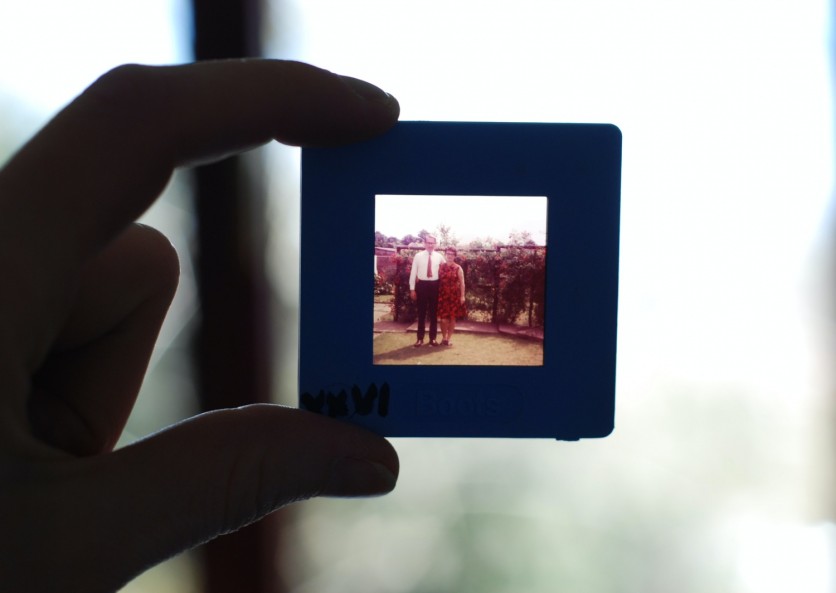
Neuroscientists have reportedly found how associative memories are made. The ability to be able to remember relationships that are made between unrelated items like odor and location, songs and events, is known as associative memory.
Neuroscientists Discover More About Associative Memory
The University of California, Irvine's neuroscientists, have reportedly discovered some specific types of neurons within the brain's memory center that are responsible for acquiring brand new associative memories. The findings of the study were reportedly published in the journal Nature, as also seen in news-medical.net.
Psychologists reportedly started studying associative memory as early as the 1800s. Scientists now agree that the structures that are responsible for the formation of associative memory are reportedly found in the whole medial temporal lobe. This is most famously known as the "memory center" of the brain.
Why is Associative Memory Important
The particular cells that are involved as well as how the cells are controlled have all remained a mystery up until now. This study has reportedly also discovered how these particular associative memory neurons are being controlled. Neuroengineering is also being studied to help people struggling with addiction and to treat brain fog.
Humans rely on associative memories used in everyday life, and this particular research is a vital step in understanding certain detailed mechanisms of how these particular types of memories are formed within the brain. Kei Igarashi, the lead researcher, gave a statement.
Associative Memory Uses
According to Igarashi, although associative memory is reportedly one of the most basic forms of memory used in everyday life, mechanisms that underlie associative memory still remain unclear. Kei Igarashi is a faculty fellow of the Center for the Neurobiology of Learning and Memory, as well as an assistant professor of neurobiology and anatomy at the UCI School of Medicine.
According to the story by Aninews, the study, for the first time, reported that specific cells located in the lateral entorhinal cortex of the medial lobe, which is called fan cells, are needed to acquire new associative memories. It was also noted that the cells are reportedly controlled by dopamine which is the brain chemical known to be involved with a person's experience of pleasure or reward.
Read Also: Innovent: Type 2 Diabetes Clinical Trial Drug Administered to Patient, Aims to Substitute Metformin
New Findings on Associative Memory
The study shows that researchers used electrophysiological recordings as well as optogenetics in order to record and control activity coming from fan cells in mice as they reportedly learn to associate certain odors with rewards. This then led researchers to discover that certain fan cells compute as well as represent the association of the two different unrelated items, namely odor and reward.
The fan cells are reportedly needed for the successful acquisition of other new associative memories. Without these particular cells, certain pre-learned associations can still be retrieved. New associations, however, won't be acquired. In addition, acquiring new associations would also need dopamine.
Igarashi noted that they had never expected that dopamine is actually involved in the whole memory circuit. When the evidence was accumulated, however, it gradually became clear that dopamine was actually involved. AI algorithms are also being studied to help detect pre-alzheimer's changes within the brain and are seen to accomplish a 99% accuracy.
Related Article: Gene Therapy Research Gains New Ground With New Mini-CRISPR Systems
This article is owned by Tech Times
Written by Urian B.

![Apple Watch Series 10 [GPS 42mm]](https://d.techtimes.com/en/full/453899/apple-watch-series-10-gps-42mm.jpg?w=184&h=103&f=9fb3c2ea2db928c663d1d2eadbcb3e52)


